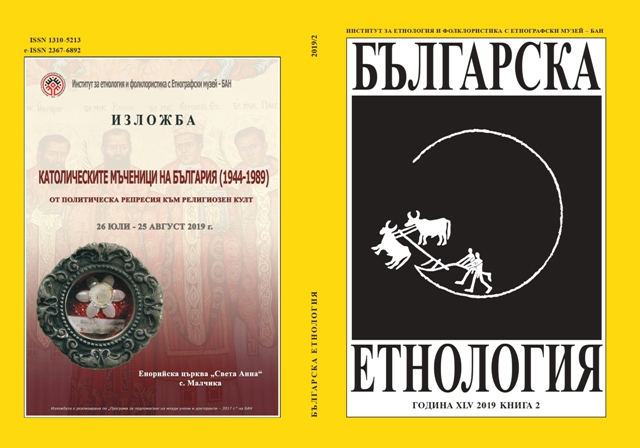Печалбарите в района на Западна Стара планина
The Pechalbars in the Western Stara Planina Region
Author(s): Goritsa LyubenovSubject(s): Anthropology, Social Sciences, Cultural Anthropology / Ethnology, Culture and social structure , Migration Studies
Published by: Институт за етнология и фолклористика с Етнографски музей при БАН
Keywords: pechalbarstvo in the region of Visok; traditional architecture; Stara planina; masons; gang
Summary/Abstract: The pechalbarstvo as a typical complementary economic branch of Stara planina region (the District of Pirot, Republic of Serbia) occurred around the late 18th century. The poor mountain population practiced various forms of pechalbarstvo among which the masonry was the most widespread. Each year, thousands of people used to set off on gurbet for Sofia, Zagora, Wallachia or Serbia. This led to significant changes in the social and economic development of these regions. The process continued until the 1930s, although after World War I some of the activities of the pechalbars were practiced only within the region of Visok. In the late 19th and the early 20th century, those people had already created a significant part of the national building heritage. The specimens of the activity of the pechalbar-masons preserved on both sides of the border bear record of the routes of this transfer as well as of the transformations in the life of the Stara planina villages caused by this phenomenon.
Journal: Българска етнология
- Issue Year: 2019
- Issue No: 2
- Page Range: 189-208
- Page Count: 19
- Language: Bulgarian

